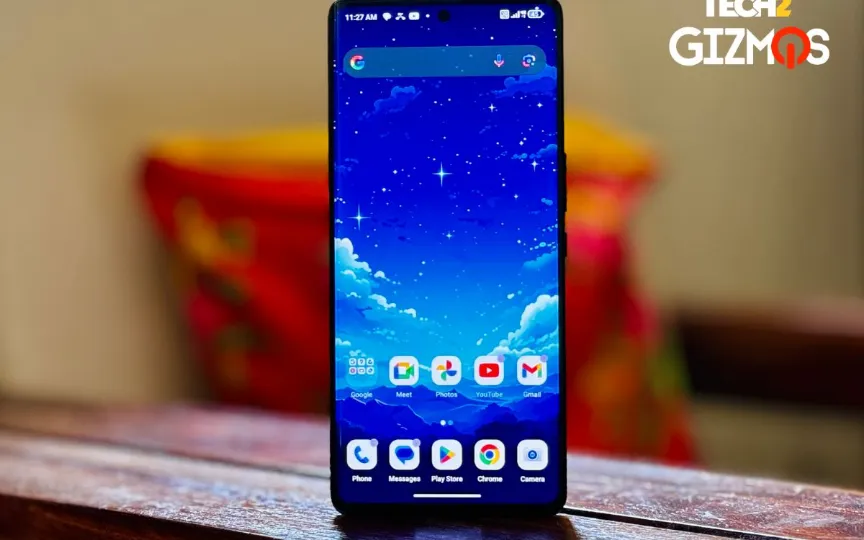The Superior Option
When looking for a phone, buyers look for different features and specifications such as screen size and screen quality. However, before making a choice, it is also important to understand the technology behind the phone screen according to your needs. When looking for a quality phone screen, terms like TFT, LCD, AMOLED, OLED and SLCD can make you more confused.
Today we are talking about two of the most popular and popular displays i.e. AMOLED and OLED displays. Although there is not much difference between the two, it is still important to understand their explanations and the technology behind them.
What is an OLED display?
Organic Light Emitting Diode display technology or OLED display technology is considered a much better option than LCD technology due to its excellent color reproduction, faster response time, wider viewing angle, higher brightness and ultra-lightweight structure. Unlike LCD screens, OLEDs do not need a separate backlight, since the consecutive pixels emit their own light when an electric current is applied. In addition to offering better contrast and more vivid colors, they are also thinner, lighter and more flexible, according to smartphone manufacturers.
What is an AMOLED display?
There is no fundamental difference between OLED and AMOLED. Active-Matrix Organic Light-Emitting Diode displays, or AMOLED displays, are basically a type of OLED display that has gained rapid popularity in smartphones these days.
AMOLED screens include all the features of an OLED screen, such as better color reproduction, faster response time, wider viewing angles, higher brightness and lightness. However, when it comes to vibrancy and brilliance, AMOLED manages to beat SLCD display technology. While AMOLED devices inherit most of the benefits of OLED technology, they still consume less power when displaying darker content.
After discussing the characteristics of the emerging display technology in the last two decades, they are also widely used in smartphones, followed by laptops, wearables and other consumer electronics. Although AMOLEDs generally consume less power than LCD display types, they are widely used in low-power devices such as smartphones, and are also considered superior to OLED in phone displays.
As for AMOLED, you can turn individual pixels on or off and swap them on the fly, allowing for precise and quick control of screen output. On the other hand, the OLED panel controls the number of pixels row by row.




